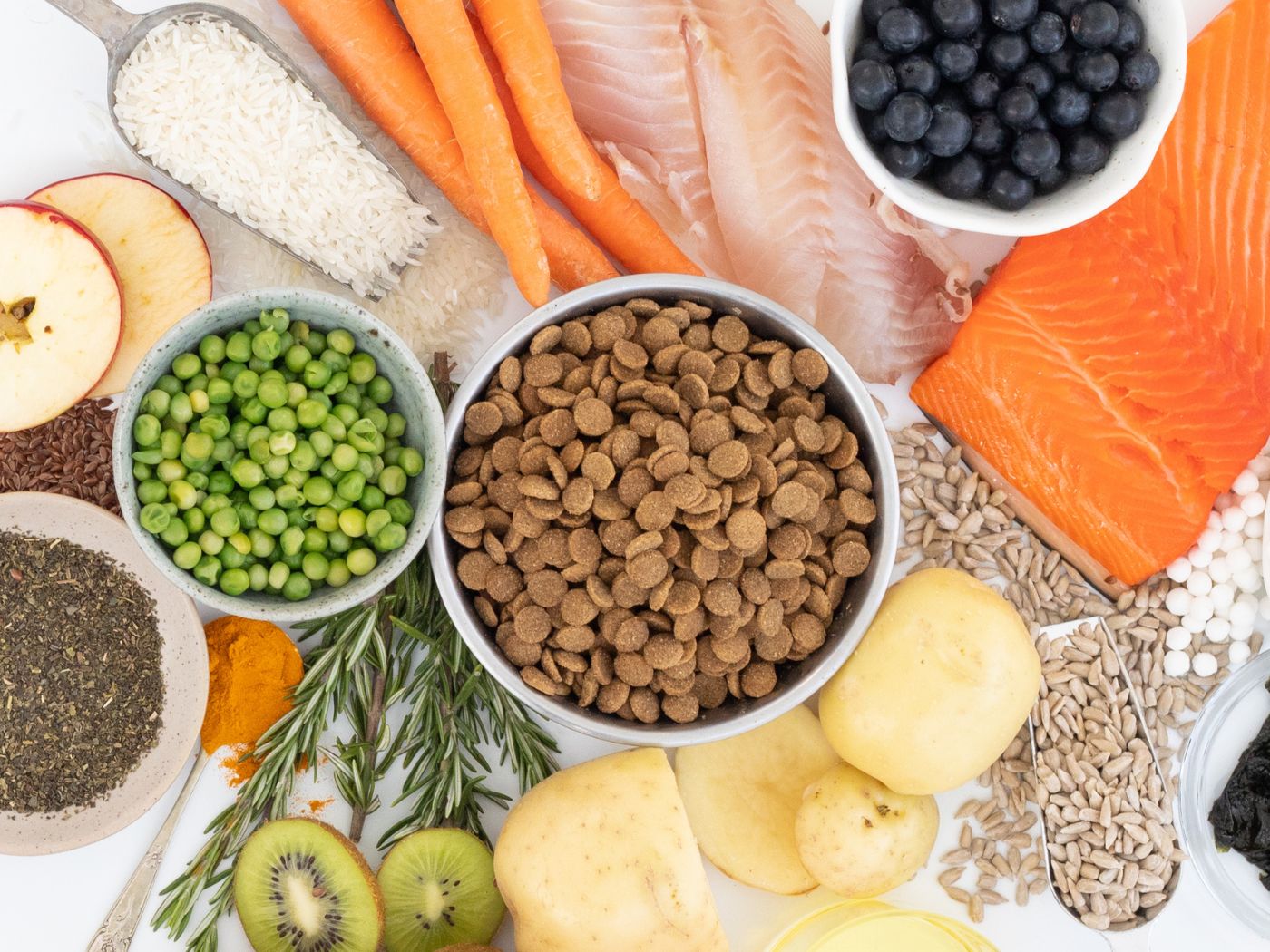You’ve probably heard all about how obesity rates in dogs are rising worldwide, just as they are in humans. Recent studies have shown just how hard it is to get those extra kilos off our older dogs once they are overweight, with only half of dogs on a weight loss programme reaching their target weight and 25% of those dogs regaining weight after their programme finished.
Prevention is better than cure
Prevention is better than cure and the most important period for preventing obesity is during puppyhood. So how can we best set up our puppies to stay at a healthy weight for life?
Beyond the basics of selecting a good quality diet that is AAFCO tested as suitable for puppies, the most important thing to do is to feed the right quantity of food for YOUR puppy. You can read more about how our food has now passed AAFCO testing for puppies and access our feeding guide here.
I’ve written before about how the feeding guide on the back of your bag of dog food is just a starting point and this is especially true for puppies. What makes it even harder with puppies is that they start off growing very rapidly until about 4 months of age, then their growth rate starts to slow down as they head towards adulthood and skeletal maturity. Compounding this their energy requirements drop even further if they are neutered.
How to monitor your puppy's growth
The best thing you can do is to monitor their weight and body condition score (BCS) regularly and chart their pattern of growth. We now have some really good growth charts that we can use with puppies, which are much like the growth charts used to monitor babies’ growth.
Before selecting the right chart for your pup and getting started, I recommend both watching the video and reading the first PDF entitled ‘Complete Guide to Waltham Puppy Growth Charts’ as between them they give you all the pointers you need to complete the chart accurately and to know what changes are abnormal and need to be followed up with your vet.
Body condition scores
In addition to that I highly recommend learning how to body condition score your dog and doing this at the time of each weigh in. There is a good video which covers the basics of this here.
How often should you weigh and BCS your puppy?
I do recommend that you weigh and BCS your puppy more frequently than what they say in the Waltham guide. I think a monthly weigh in at the vet is essential until they reach their adult weight and after neutering I would even weigh a couple of times 2 weeks apart just to make sure they are not putting on excess weight as their hormones change and their energy requirements drop a little after neutering.
Tips for measuring your pup's food
One other really important thing to know is that if you are measuring out your pup’s food using a cup this is not very accurate. So if you are finding your pup is getting a wee bit chunky and you feel like you have been giving the right amount of food, but you’ve been using a measuring cup, then try switching to using a set of gram scales for a while and see if this helps. We now stock smart feeding bowls that can weigh your pups food as you put it straight into their bowl. Problem solved!



